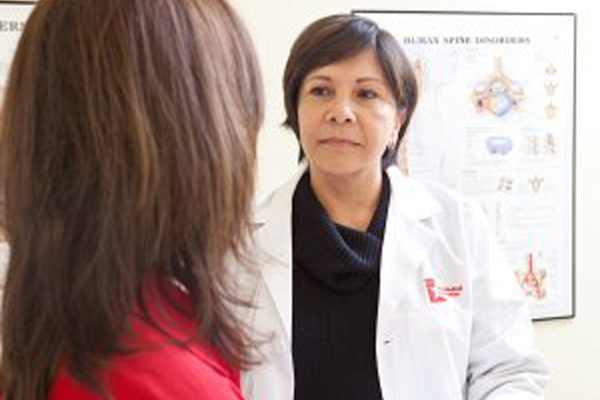
Here’s something a lot of Americans don’t know: An estimated 1.1 million people in the U.S. are living with HIV, according to the Centers for Disease Control and Prevention (CDC).
And a lot of people who have HIV don’t know that they have it – about 162,500, or 1 in 7, people with HIV, the CDC said.
As a physician, you might already know those statistics.
But a lot of people don’t. And that can be a public health problem. That’s why the CDC has designated June 27 as National HIV Testing Day.
“On this day, we unite with partners, health departments, and other organizations to raise awareness and plan events about the importance of HIV testing and early diagnosis of HIV,” the CDC said on its website.
In Texas, more than 90,000 people were living with HIV by the end of 2017, the Texas Department of State Health Services (DSHS) reported.
About 45% of all Texans ages 18 to 64 had been tested for HIV at least once in their lives, according to DSHS.
Do your part to increase that number by encouraging your patients to get tested for HIV at least once as part of their routine health care. It’s recommended that people with specific risk factors – including men who have sex with other men, anybody who has multiple partners, or who inject drugs or share needles – should be tested once a year.
To help you promote HIV testing, health.gov has created a toolkit that includes ideas for adding information about HIV testing to your newsletter and sample tweets about National HIV Testing day.
And be sure to check out the Texas Medical Association’s new webinar HIV Screening: It’s Every Physician’s Job, which offers the latest screening techniques, and information on prevention with Pre/Post-Exposure Prophylaxis (PrEP/PEP). It includes tips on how you can get paid for screening your patients.
As with most of TMA’s CME programs, the online webinar is free for TMA members and their practice staff, thanks to a generous sponsorship by the TMA Insurance Trust.